8 Best Indoor Plants for Purifying Air Quality
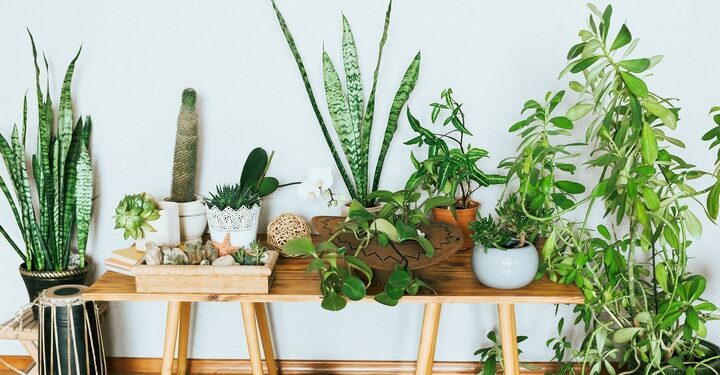
There is something you need to do better in your home. No, we’re not talking about managing your recycling, keeping your bedroom dresser organized, or ensuring the cat litter is maintained.
We are talking about indoor air quality. Households are engulfed in properties that can do significant damage to your health. The common ones are formaldehyde (respiratory irritant), benzene (anemia), and trichloroethylene (harmful to the nervous system).
Many homes have poor indoor air quality for a wide variety of reasons:
- Household cleaning products.
- Cigarette smoke.
- Mold or mildew.
- Pests, pet dander, or dust mites.
You likely have tried everything to remedy the situation, which include installing air circulation fans for purifying the air. Here is a question: Have you tried indoor plants? That’s right. Indoor plants are natural air-purifiers and will do more for your household than baking soda, healing crystals, and priests.
Unsure which ones to buy? Here are the eight best indoor plants for purifying your air quality:
1. Rubber Plants
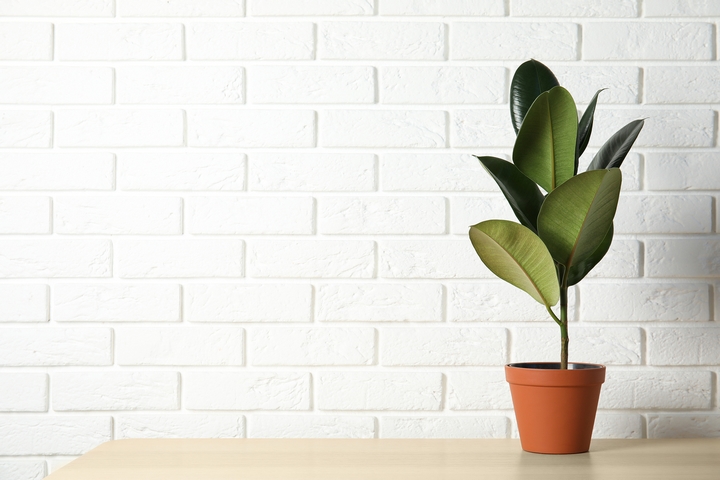
Found in homes since the Victorian age, the rubber plant is one of the most effective indoor plants to eliminate formaldehyde from your air. It is a versatile plant because it can tolerate all sorts of temperatures and can live in semi-sunlight and semi-shade with dim lighting.
Just a warning:
- Wear gloves when pruning.
- Use a stake to support its height.
- Look out for insects.
2. Boston Fern Plants
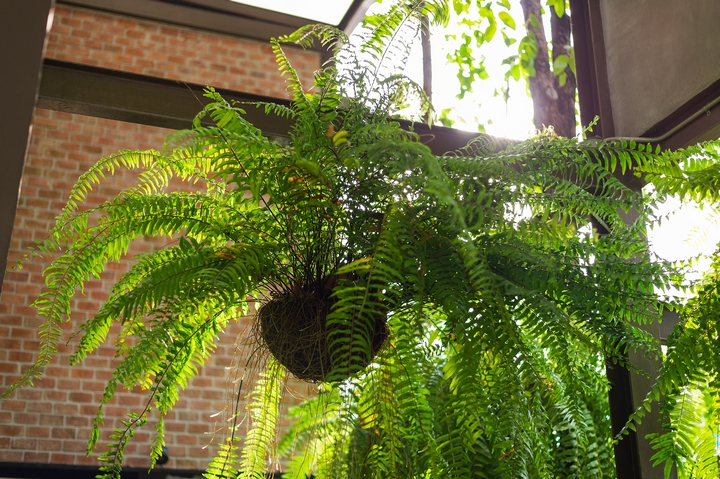
The Boston can eradicate a whole host of pollutants, including formaldehyde and xylene. While they are easy to grow, you do need to maintain these plants, primarily by keeping them moist and ensuring they are in high humidity and enjoy indirect light.
With daily water and a good soak once a month, these are the best indoor plants for air quality.
3. Peace Lily Plants
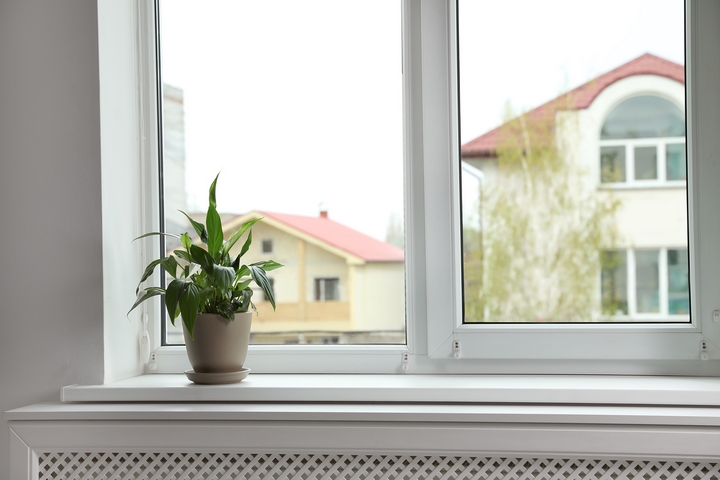
Peace lilies are one of the prettiest indoor plants to own. Although they are small, they pack a big punch. In addition to a nice fragrance, a peace lily can kill several pollutants, such as ammonia, benzene, formaldehyde, and trichloroethylene. Now that is a powerful plant!
4. Bamboo Palm Plants
Interior decorators have become obsessed with the bamboo palm plant. Ostensibly, it is exciting to install the home because of how tall it becomes and how pretty it is. But there is something else about the bamboo palm: It eliminates benzene, formaldehyde, and trichloroethylene from your home.
5. Aloe Vera Plants
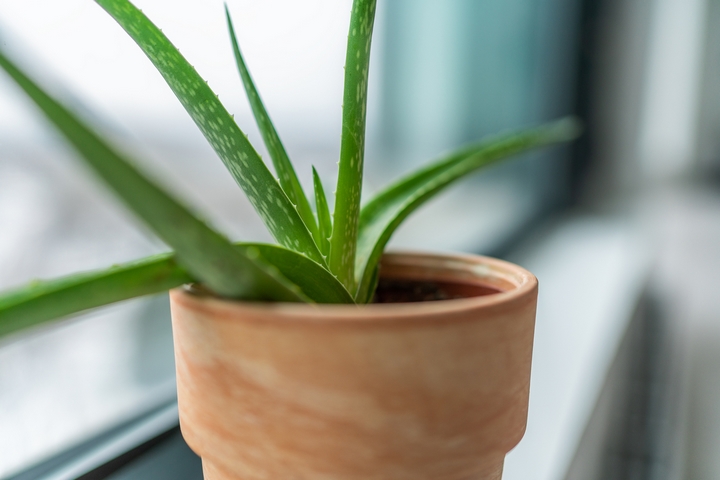
Most people are aware that aloe vera is great for your skin and a wide array of other health benefits because of its compounds, mainly vitamins, amino acids, and enzymes. Aloe vera can heal wounds, be antibacterial, and act as an anti-inflammatory.
Here is something else it can do: Improve your humble abode’s air quality.
Do you want to get rid of formaldehyde? Aloe vera is your man in Havana. These are the best indoor plants for air quality, because it does not require too much maintenance, just a drain every now and then.
6. Weeping Fig Plants
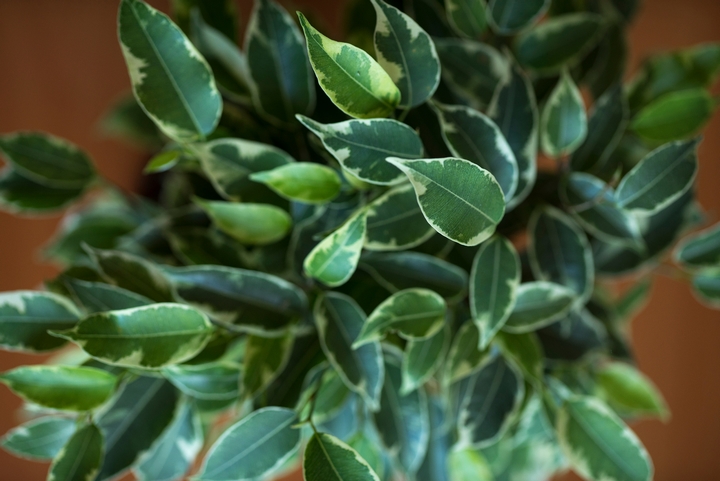
Do you want a plant that is 10-feet fall in your home? OK, fine, then the weeping fig may be something to consider. But this plant is great for more than just originating from southeast Asia. The weeping fig kills several indoor pollutants, ranging from benzene to formaldehyde.
7. Dracaena Plants
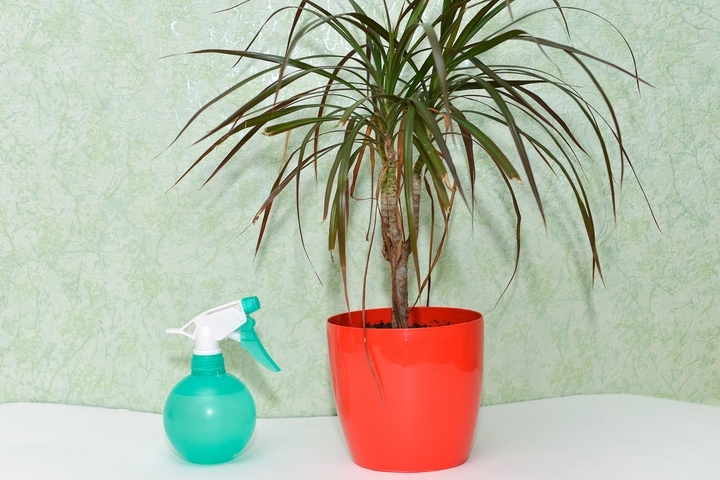
Before you decide to just go out and purchase a dracaena plant, you need to be aware that there are dozens of different kinds. Do you own pets? Well, you may need to avoid this plant because they are toxic to cats and dogs.
If indoor air quality is your primary concern, then Dracaena is the plant you want. They do add to your interior décor, coming in various shades of white, cream, and red, but your main focus should be what it can do for your indoor air quality. Well, it can kill four common pollutants: benzene, formaldehyde, trichloroethylene, and xylene.
8. The Red Emerald Plants
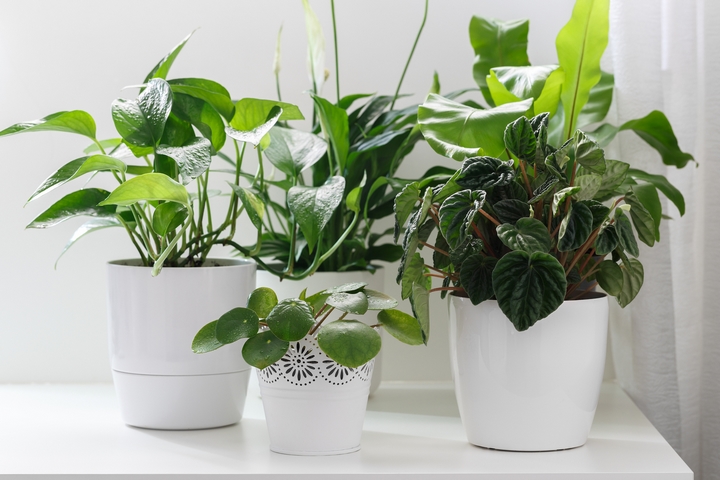
When you want to remove nearly every toxin in your home, then look no further than the red emerald, which belongs to the Philodendrons family. It can go everywhere and anywhere and does not require too much sun, though it does need some modest pruning and misting to prevent it from going wild and accumulating a lot of dust. In the end, you might find that the red emerald is the go-to plant for your household.
Now that you are aware of a myriad of different indoor plants, it would be prudent to finally add one to your home. By doing so, you can achieve all sorts of things in your home, from décor to health. Of course, the main objective should be the growing number and levels of toxins that damage your health and the state of your household.
While it does require some effort, skill, and research, you can take comfort by the fact that this is one of the greatest investments you ever made, whether it is cost or health. Time to get pruning!


